Vietnam Visa Cost: Fees, Processing Time & Hidden Charges

Whether you’re visiting Vietnam for tourism, business, or long-term residence, knowing the full cost of a visa is crucial. In this comprehensive guide, we break down the official Vietnam visa fees, expected processing times, and hidden charges you might encounter – so you can prepare with confidence and avoid unnecessary delays or expenses.
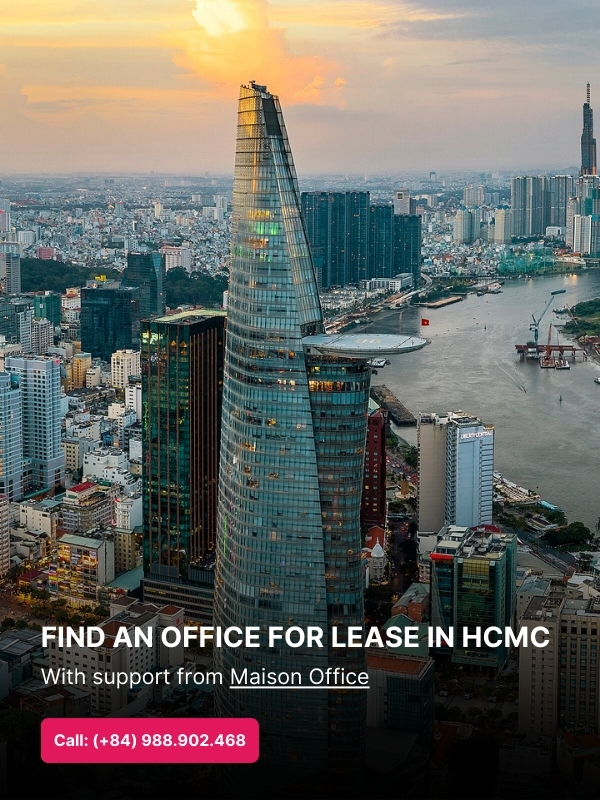 |
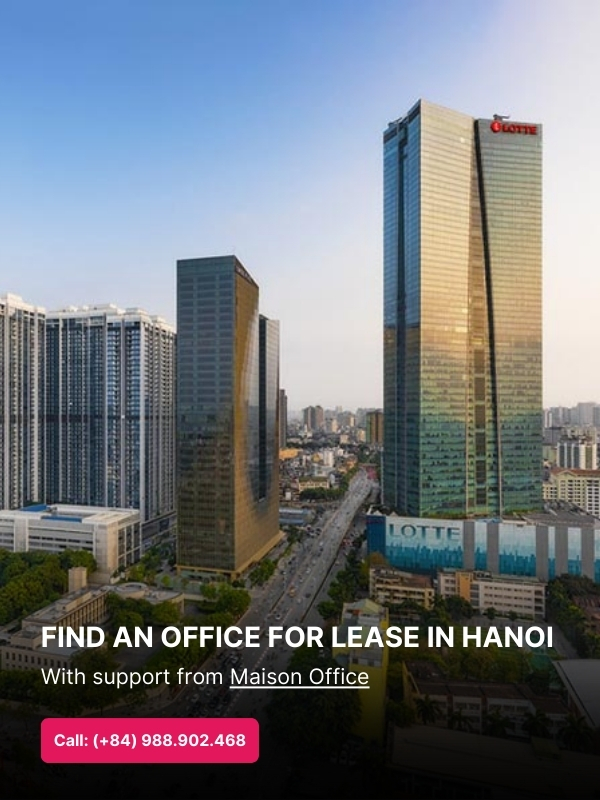 |
Table of Contents
- 1. Overview: Vietnam visa cost in 2025
- 2. Vietnam visa fee breakdown by type
- 3. Visa processing time in 2025
- 4. Hidden charges you should know
- 5. Vietnam visa cost comparison table The table below summarizes the official Vietnam visa fees based on type, duration, and application method. This side-by-side comparison helps travelers, expats, and business visitors understand the total visa charges, including government fees, service fees, and potential hidden costs.
- 6. FAQs: Vietnam Visa Fees Explained
1. Overview: Vietnam visa cost in 2025
Vietnam’s visa system offers multiple entry options for foreigners – from short-term e-visas to long-term work visas and 5-year exemptions. However, visa costs can vary significantly depending on visa type, processing channel, nationality, and whether third-party services are involved. In 2025, with changes in immigration policies and fee structures, understanding the full scope of Vietnam visa cost is essential for effective planning and legal compliance.

Why visa cost transparency matters
For foreigners applying for a visa to Vietnam, cost transparency plays a crucial role in avoiding unexpected expenses and delays. Visa fees are often split between official government charges (such as stamping or e-visa issuance fees) and service-related costs from agents or platforms handling the application process. Many applicants unknowingly pay hidden charges—like fast-track processing fees, invitation letter fees, or administrative surcharges—that are not listed upfront.
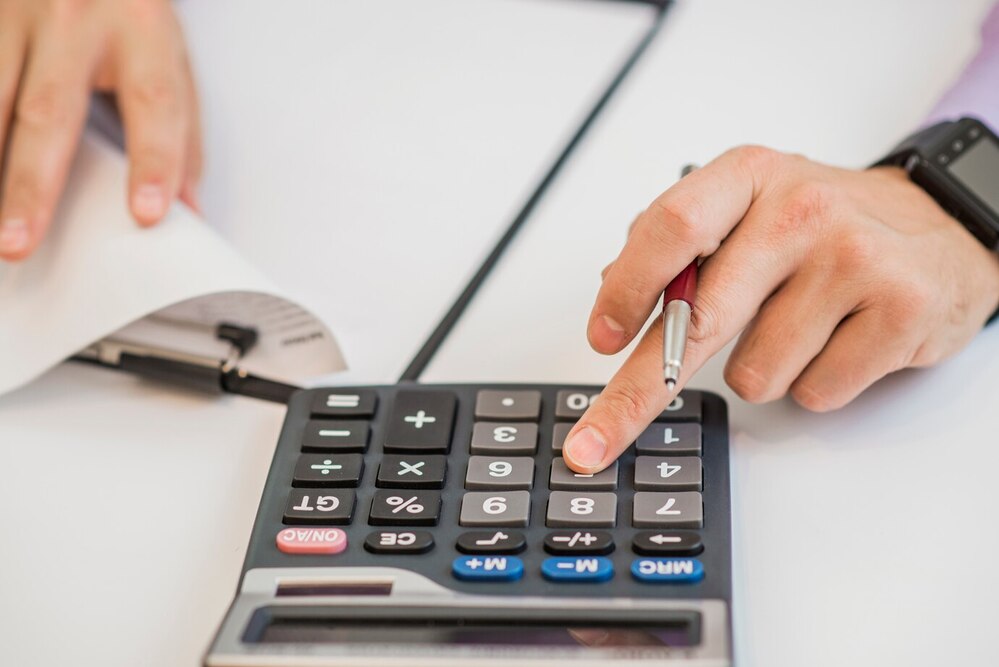
From a compliance perspective, understanding fee structures also helps individuals and businesses budget accurately for long-term stays, renewals, or visa upgrades (e.g., from tourist to work visa). For example, while an e-visa may cost 25 USD, a work visa (LD2) could total over 150 USD excluding the cost of a work permit.
Visa cost transparency isn’t just about saving money—it ensures legal integrity, enhances the applicant experience, and supports smoother entry into Vietnam for business, work, or personal travel.
Who pays for a visa and when?
In most cases, the applicant—whether a tourist, business traveler, or foreign worker—is responsible for paying the Vietnam visa cost. However, payment responsibility can vary depending on visa type, sponsorship agreements, and the nature of the applicant’s visit.
Common scenarios:
| Visa type | Who pays | When is payment made |
| E-visa (tourist/business) | Individual applicant | Upon submitting the online application (via official portal) |
| Visa On Arrival (VOA) | Applicant or agency (if authorized) | Service fee paid online in advance, stamping fee at airport |
| Work visa (LD1/LD2) | Usually the sponsoring company | Visa fee paid after work permit is issued (or upon entry) |
| 5-year visa exemption | Applicant | When submitting application at consulate or immigration dept |
| TRC (Temporary Residence Card) | Typically the employer for sponsored employees | After approval of work permit and TRC documents |
Key points to note:
- E-visa and VOA fees are typically non-refundable, even if rejected.
- Work visa costs (including work permit and TRC) are often covered by the employer as part of the employment package—especially for foreign professionals or managerial roles.
- For business visitors, host companies in Vietnam may also pay visa costs as part of hospitality arrangements.
Visa fee responsibilities are not just administrative – they also reflect your legal status, level of sponsorship, and nature of your stay in Vietnam. Knowing who pays, when, and why can help you plan your travel or relocation more effectively.
2. Vietnam visa fee breakdown by type
Vietnam offers several visa options depending on the traveler’s purpose and duration of stay. Each visa type has its own fee structure, processing time, and applicable channels (e.g., online, embassy, or visa-on-arrival). Below is a detailed breakdown to help you estimate the full Vietnam visa cost based on your specific needs.
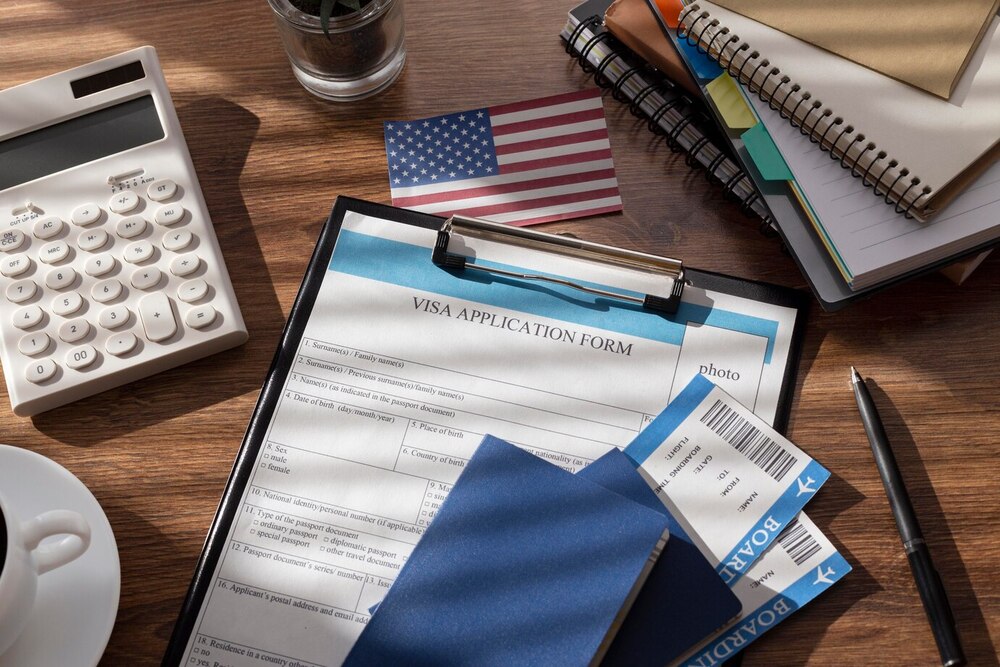
E-visa (30–90 days)
The Vietnam e-visa is one of the most accessible visa types, introduced to simplify entry procedures for foreigners visiting for tourism, business, or short-term work assignments. As of 2025, the e-visa is available to citizens of over 80 countries and supports both single-entry and multiple-entry options.
Vietnam e-visa cost in 2025:
| Type | Duration | Gov’t fee (USD) | Service fee (if using 3rd party) | Total estimated cost |
| Single-entry | Up to 90 days | $25 | $20–70 | $45–95 |
| Multiple-entry | Up to 90 days | $50 | $20–75 | $70–125 |
What’s included in the e-visa cost:
- Government fee: Paid directly via Vietnam’s official e-visa portal
- Service fee (optional): Applies if you use a visa agency to assist with document checks or expedite processing
- No stamping fee is required upon arrival
Processing time:
- Standard: 3–7 working days
- Expedited (via agencies): As fast as 1–2 working days (incurs additional service charges)
The e-visa is ideal for travelers seeking a cost-effective, single or short-term multiple-entry solution, and offers a streamlined application process entirely online – without needing to visit an embassy or queue at the airport.
Visa on arrival (VOA)
Visa on Arrival (VOA) is a popular option for travelers who prefer to obtain their visa upon landing at one of Vietnam’s international airports. This type of visa is available for tourism, business, and short-term work visits, and typically applies to travelers entering Vietnam by air with a pre-approved visa letter issued by the Vietnam Immigration Department.
Vietnam VOA cost breakdown (2025):
| Visa type | Validity | Stamping fee (USD) | Service fee (USD) | Total estimated cost |
| Single-entry (1 month) | 30 days | $25 | $15–40 | $40–65 |
| Multiple-entry (1–3 months) | 30–90 days | $50 | $20–60 | $70–110 |
| Business visa (DN1, DN2) | 1–3 months | $25–50 | $35–85 | $60–135 |
What’s included:
- Stamping fee: Paid in cash (USD or VND) at the immigration counter upon arrival
- Service fee: Paid online to the visa agency in advance for processing the approval letter
- Approval letter: Required for boarding and visa issuance; delivered via email
Processing time:
- Standard: 2–4 working days
- Expedited: 4–24 hours (subject to additional service fees)
VOA remains a flexible solution for short-term visits and multi-entry travel but may not be the most cost-effective or convenient for all cases—especially as the e-visa system continues to expand.
Work visa (LD1, LD2)
The Vietnam work visa, coded as LD1 or LD2, is issued to foreigners who come to Vietnam for employment. This visa is essential for foreign professionals, managers, technical workers, and other expatriates working under labor contracts with Vietnamese entities.

Distinction between LD1 and LD2:
- LD1 Visa: For individuals exempt from work permit requirements (e.g., internal transfers, company owners, board members)
- LD2 Visa: For individuals who must obtain a work permit before applying for a visa
Work visa cost breakdown (2025):
| Visa type | Validity | Government fee (USD) | Other costs | Estimated total |
| LD1 | Up to 2 years | ~$145–155 | May include exemption confirmation or TRC fee | $145–300+ (with TRC) |
| LD2 | Up to 2 years | ~$145–155 | Work permit processing fee, TRC, legal support | $200–400+ (full package) |
What’s included:
- Visa stamping fee
- Embassy/Immigration Department processing
- Optional: Temporary Residence Card (TRC) for longer stays (valid for 1–2 years)
- Work permit fee (LD2 only): Paid by employer or third-party service provider
Processing time:
- Labor use approval: 7–10 working days
- Work permit: 10–15 working days
- Visa issuance: 5–7 working days
- TRC: 7–10 working days after visa is issued
The LD visa is mandatory for anyone working legally in Vietnam and is your gateway to long-term residence and employment. Misusing a business or tourist visa for work can lead to penalties or deportation.
5-Year visa exemption
The 5-year visa exemption (also known as the 5-year visa-free certificate) is a special entry option granted to overseas Vietnamese and their foreign spouses or children. Unlike standard visas, this certificate allows multiple entries into Vietnam over a 5-year period without requiring repeated visa applications.
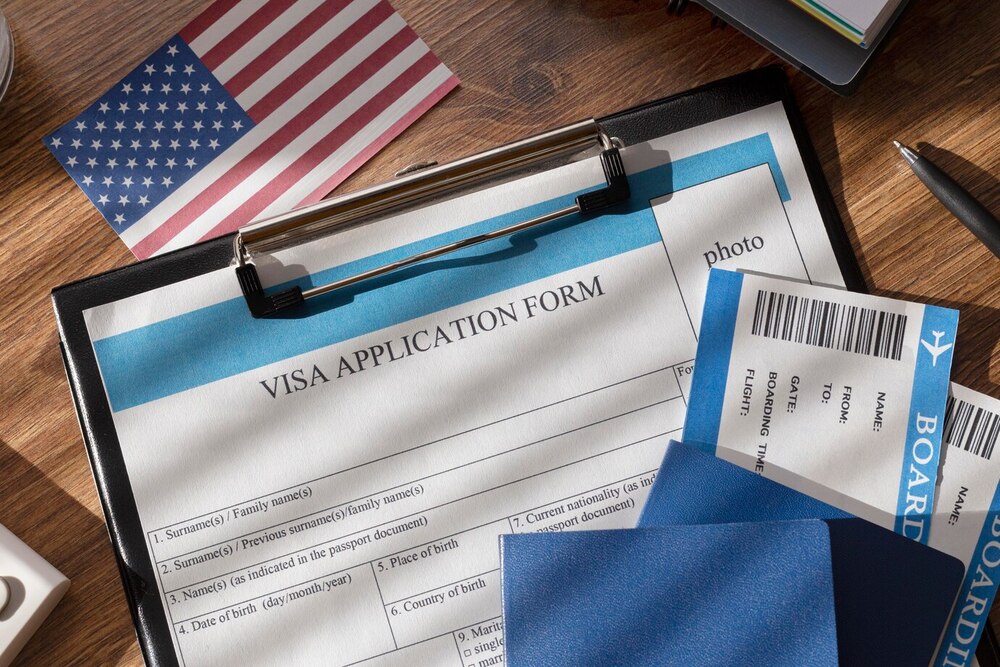
Key features:
- Validity: Up to 5 years, but must be at least 6 months shorter than passport validity
- Entry type: Multiple-entry, maximum stay of 180 days per visit
- Eligible applicants: Vietnamese residing abroad; foreign spouses and children of Vietnamese citizens; individuals with proof of Vietnamese origin or family ties.
Cost of 5-year visa exemption (2025):
| Item | Fee (USD) |
| Application fee | $10 (government fee) |
| Translation & notarization | $20–50 (if applicable) |
Required documents:
- Valid passport
- Completed application form
- Proof of Vietnamese origin (e.g., birth certificate, family book)
- Marriage/birth certificate (for foreign spouses or children)
- Passport photo (4×6 cm)
- Residential proof abroad (sometimes required)
Processing time: 5–7 working days, either at:
- Vietnamese embassies/consulates abroad
- Vietnam Immigration Department (if applying domestically)
3. Visa processing time in 2025
Processing time is one of the most important considerations when applying for a Vietnam visa. Depending on the visa type, application method (online vs. embassy vs. visa on arrival), and applicant nationality, the total time to receive a visa can range from 1 day to over 3 weeks. Understanding the expected timeline helps you plan travel dates accurately and avoid last-minute complications.

Standard processing time
Here’s a breakdown of the standard processing times for the most common types of Vietnam visas in 2025:
| Visa type | Processing channel | Estimated time | Notes |
| E-visa | Online via official portal | 3–7 working days | Faster for single-entry; may take longer in peak seasons |
| Visa On Arrival (VOA) | Online pre-approval + airport pickup | 2–4 working days (letter)
+ 15–30 mins (at airport) |
Requires approval letter before flight; time at airport varies |
| Embassy visa | Apply via Vietnamese embassy/consulate | 5–10 working days | Time varies by country and embassy workload |
| Work visa (LD1/LD2) | Through employer + Immigration Dept | 15–25 working days total:
Labor approval + work permit + visa |
Involves multiple steps; timing depends on document completeness |
| 5-year visa exemption | Immigration Office or Consulate | 5–7 working days | Document translation/legalization may extend total time |
Knowing the standard processing time for each visa type helps you plan your trip to Vietnam with confidence. Applying early and choosing the right channel can save time, reduce stress, and avoid unexpected delays.
Fast-track options & fees
For travelers with urgent plans or tight schedules, Vietnam offers fast-track visa processing services through select embassies, visa agents, and immigration support units. These services expedite approval and reduce waiting time—often within 1 to 2 working days—but come with additional fees depending on visa type and processing speed.
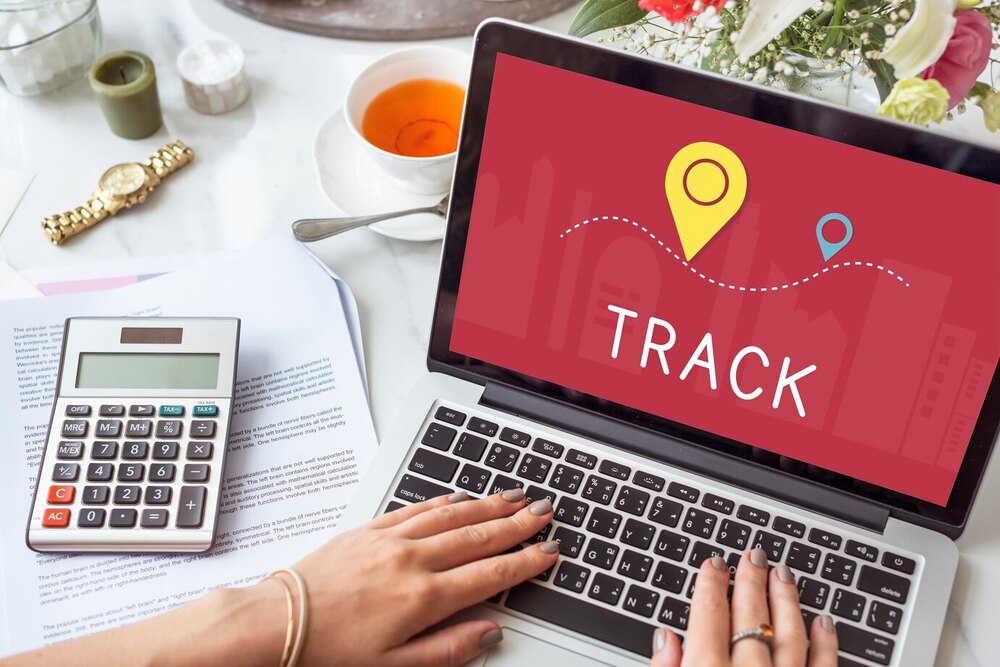
Below is fast-track fee ranges (2025):
| Service type | Applicable visa | Processing time | Additional fee (USD) | Notes |
| Express e-visa | Tourist, business | 1–2 working days | $25–50 | On top of $25–50 government fee |
| Urgent VOA letter | Tourist, business, DN | 4–24 hours | $30–70 | Approval letter only; does not include stamping |
| Embassy expedited service | Various visa types | 1–3 working days | $30–100+ | Not available at all consulates; call ahead |
| Airport fast-track pickup | VOA + Arrival | 15–30 mins at gate | $20–40 | Optional meet & greet, queue bypass |
Fast-track options are ideal for urgent trips, but it’s crucial to balance cost, reliability, and legality when selecting a provider. Proper planning remains the most efficient (and cost-effective) strategy.
4. Hidden charges you should know
While official visa fees are often published clearly, many applicants encounter unexpected or hidden charges throughout the visa application process. These costs typically arise from third-party services, document preparation, or additional processing steps—particularly for those applying through agents or requesting urgent support. Understanding these charges in advance helps avoid unpleasant surprises and manage your travel budget effectively.
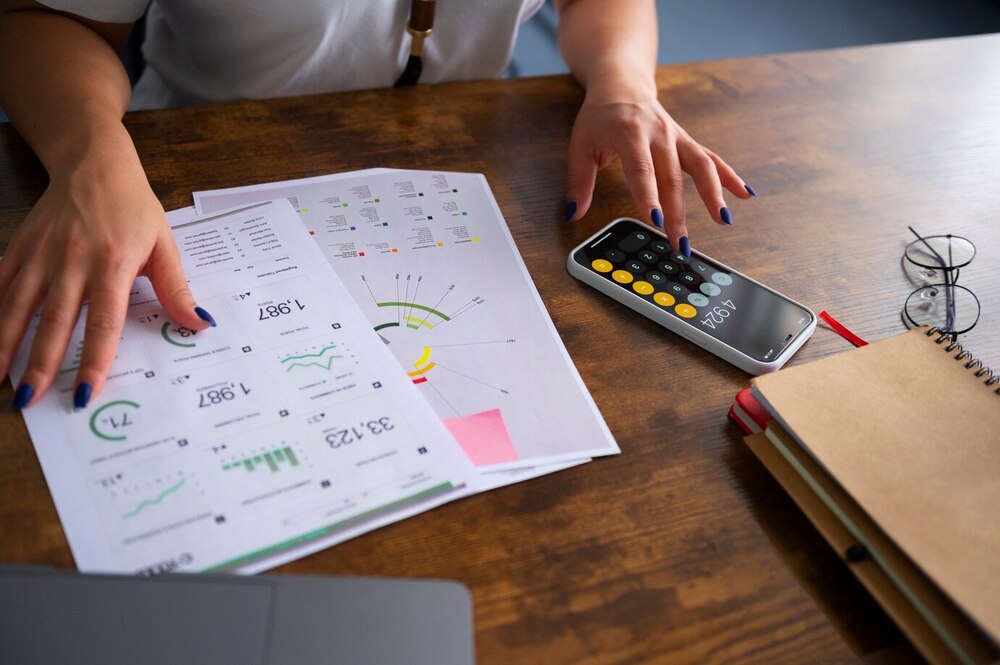
While most travelers and foreign investors often focus on the upfront Vietnam visa cost, there are several hidden charges that may significantly affect the total amount you pay during the visa process. Below is a breakdown of commonly overlooked or underestimated fees that you should account for:
| Fee category | Description | Estimated cost | Notes / Source |
| Stamping fee (VOA) | Payable at airport upon arrival | USD 25–155 | Per Circular 219/2016/TT-BTC – varies by visa type & duration |
| Service fee (via agents) | Third-party processing support | USD 10–30 | Varies based on urgency, visa type, and support level |
| Photo & translation services | Printed passport photos, certified translations | VND 100,000–500,000 (USD 4–20) | Common for 5-year visa or legalized documents |
| Courier or embassy mailing fee | For applications requiring postal delivery | USD 20–50 | DHL/FedEx rates depending on country |
| Visa extension / adjustment | Applicable if you extend or switch visa types in Vietnam | USD 60–100+ | May vary by visa type and local immigration policy |
Why visa fees vary by country & provider
The cost of obtaining a Vietnam visa is not fixed globally — it can differ significantly depending on the applicant’s nationality, visa type, and where and how the application is submitted.

Factors influencing Vietnam visa charges:
| Factor | Description | Impact on fee |
| Nationality & bilateral agreements | Visa exemption or reduced fees may apply for countries with diplomatic agreements | Lowers or eliminates visa fee |
| Application channel | Applying via eVisa portal is cheaper; using agents adds service charges | Increases total cost with convenience |
| Visa type & duration | Longer stays, multiple entries, or business/investment visas cost more than tourist visas | Higher base fee |
| Purpose of visit | Business, investment, or diplomatic purposes may require additional documentation and higher processing | May incur premium fees |
Understanding these factors in advance allows applicants to make informed decisions and avoid overpaying for visa-related services. Always verify with official sources or trusted partners before submitting your application.
| Visa type | Entry | Duration | Application channel | Government fee | Estimated total cost | Notes |
| Tourist eVisa | Single | 30 days | eVisa Portal | USD 25 | USD 25 | No additional service fee |
| Tourist eVisa (expedited) | Single | 30 days | Agent | USD 25 | USD 35–50 | Includes agent support and faster processing |
| Tourist VOA | Single/Multiple | 1–3 months | Visa on Arrival + approval | USD 25–50 | USD 45–70 | Includes letter of approval fee |
| Business Visa (1 month) | Single/Multiple | 1 month | Embassy / Agent | USD 25–50 | USD 60–100+ | May require invitation letter |
| Business Visa (3–12 months) | Multiple | 3–12 months | Embassy / Agent | USD 95–155 | USD 120–200+ | Higher fee for longer stay |
| 5-Year Visa Exemption | Multiple | Max 5 years (stay ≤6 mo) | Embassy / Immigration Dept. | USD 10–20 | USD 20–40 | For Vietnamese overseas & relatives only |
Visa costs not only depend on the visa type and length of stay, but also the channel you use and your nationality. For the most accurate and updated fees, consult the Vietnam Immigration Department or your local Vietnamese embassy.
6. FAQs: Vietnam Visa Fees Explained
Navigating visa fees can be confusing, especially with varying charges, policies, and hidden costs depending on your nationality and visa type. Below are answers to some of the most frequently asked questions to help you better understand Vietnam visa fees and avoid unexpected expenses.
Are visa fees refundable if denied?
No, Vietnam visa fees are generally non-refundable, even if your application is rejected. This includes both government fees and any service fees paid to third-party agents. Always double-check visa requirements before submitting to avoid unnecessary loss.
Why do some agencies charge more than others?
Visa service charges vary based on processing time, support level, and additional services like document review or airport assistance. Some agencies also include priority handling or fast-track options, which explain the price difference.
Can I apply for a group or family discount?
Officially, there are no government-issued group discounts for Vietnam visa applications. However, some visa agencies may offer promotional pricing for families or travel groups — especially when submitting multiple applications together.
What if I need to change visa type after arrival?
Changing visa type (e.g., from tourist to business) requires approval from the Vietnam Immigration Department and may incur a visa conversion or re-issuance fee. Processing time can take 5–10 working days, depending on case complexity.
Is the 5-year visa free or paid?
The 5-year visa exemption is not free, though it has a relatively low fee. Applicants typically pay USD 10–20, depending on whether it’s the first issuance or a renewal. It applies mainly to overseas Vietnamese and their immediate family members.
Understanding the full scope of Vietnam visa costs – including official fees, processing timelines, and hidden charges – helps travelers and businesses plan more effectively and avoid surprises. Whether you’re applying for a short-term tourist visa or a long-term 5-year exemption, always consult trusted sources or official government channels to ensure accuracy and transparency.




